|
|
ADDRESS AT THE INAUGURATION OF SCIENCE AND TECHNOLOGY MUSEUM AT SREE RAMA VARMA HIGH SCHOOL ERNAKULAM, KERALA
19-12-2006 : Ernakulam
Museum Inspires the Youth
I am delighted to participate in the inauguration of Science and Technology Museum at Sree Rama Varma High School, Ernakulam. I congratulate Dr. K. Kasturirangan, Hon'ble Member of Parliament and the alumni of SRV school for undertaking this important mission of creating a science and technology museum for the school. My greetings to the educationist, Principal, teachers, supporting staff, parents, students and other distinguished guests. Just now, I visited the Museum and I noticed that a number of experiments explaining physics, chemistry and mathematics have been displayed. In addition, I understand that the museum is going to have exhibits from Indian Space Research Organization, Southern Naval Command and Cochin Shipyard. Another noteworthy phenomenon about the Museum is that it has been commissioned within a period of 22 months. Last year, I visited the Agricultural Museum in Delhi which explains the six pillars of agriculture namely soil, water, climate, seed, tools, and peasants. This Science and Technology Museum in this High School can be gradually converted into an interactive type museum. Since Kerala has a big space research centre, like VSSC, there is a tremendous interest among the youth about Lunar and Mars expedition. Many children have a dream of becoming astronauts. Museum should provide to the young, the great aims, great thoughts and an adventurous spirit. In this context, let me tell you an interesting story.
Planetary life - 3000 AD
On 22 March 2005, I participated in the award ceremony of Shankar's International Children's Competition at New Delhi. There I found the visualization of a 13 year old girl named Aardhra Krishna on how the earth's civilization will look like around 3000 AD. In her imagination, the citizens are forced to migrate to Mars and have made Mars the home to a flourishing civilization. This advanced civilization, which was man made, comes suddenly under threat created by nature in the form of an asteroid of Jupiter. The asteroid from Jupiter orbit was coming towards Mars and Mars was in danger of extinction. The scientists on Mars come up with a very innovative plan of a barrage of nuclear cannons to attack the oncoming asteroid. The bombardment destroys the asteroid and the year 3000 sees a Martian civilization surviving from the fury of the nature by an innovative scientific application. What a wonderful thinking of a young girl !. Dear students, I am sure your minds are equally powerful in visualizing and thinking.
Another important aspect which I would like the museum authorities to consider is the portrayal of the lives of scientists in their younger days and how they learnt science. Let me discuss the influence of teacher in Albert Einstein's life.
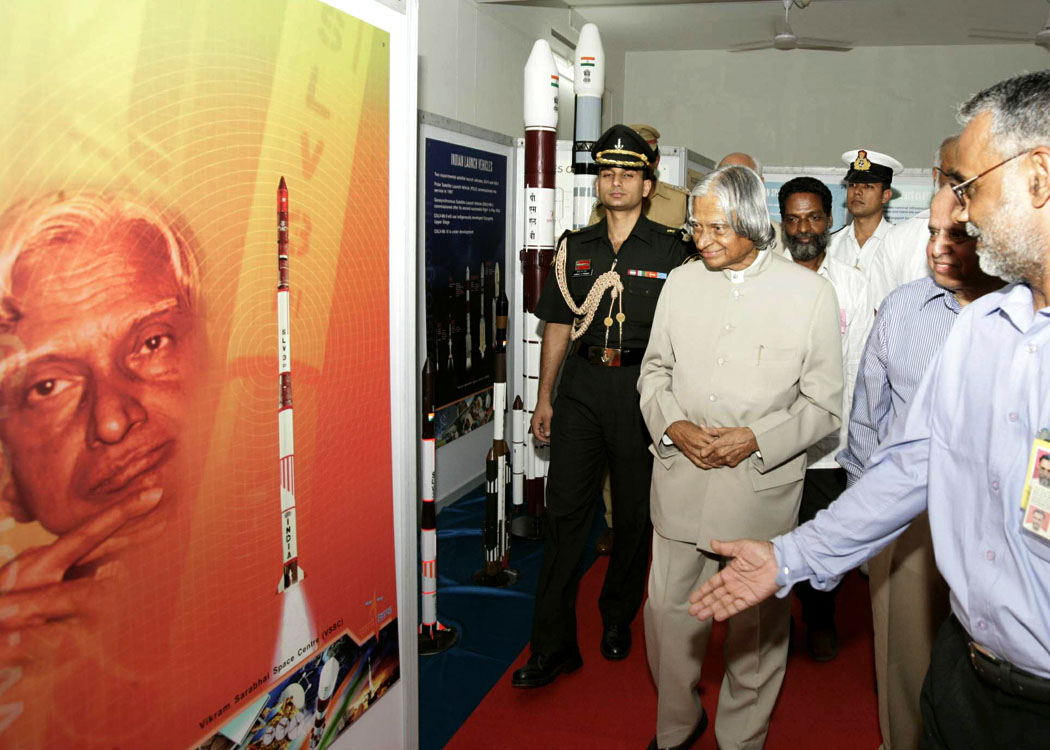

Teachers influence
In Albert Einstein life, we find that his interest in science started early, beginning with his encounter with magnetism, which he called "the first miracle". He was given a compass by his father and Einstein was endlessly fascinated by the fact that invisible forces could make object move. This experience made a lasting impression on him. His interest in compasses was reinforced when he found a caring mentor to hone his ideas. At the age of 12, he experienced second wonder in a little book given by his mentor Max Talmud with Euclidean plain Geometry which he called "Holy Geometry Book". Einstein called this his "second miracle". Here Einstein made contact with the realm of pure thought. Without expensive laboratories or equipment, he could explore universal truth, limited only by the power of human mind. Mathematics became an endless source of pleasure to Einstein especially if intriguing puzzle and mysteries were involved.
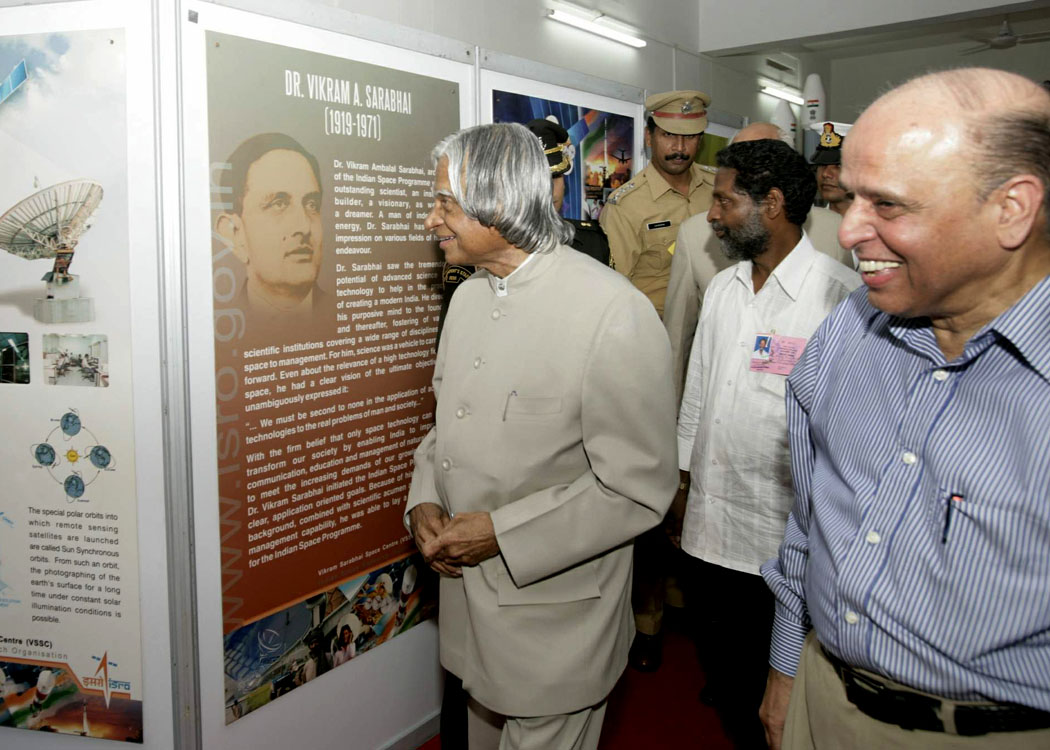
Visualizing pictures: Einstein's father was in an electro chemical business. Being in the midst of electro magnetic contraptions awakened an intuitive understanding of electricity and magnetism in Albert Einstein. It sharpened his ability to develop graphic, physical pictures that would describe the laws of nature with uncanny accuracy. This trait, the ability to see everything in terms of physical pictures, would mark one of Einstein's great characteristics as a physicist.
Freedom to Learn : Though born in Germany, Einstein moved to Zurich Polytechnic Institute in Switzerland. The entry into the polytechnic did not require a high school diploma, just a passing grade on its tough entrance examination was sufficient. Einstein failed in the entrance examination but he did exceptionally well in the Maths and Physics section. That impressed the Principal and he promised to take him during the following year without an entrance test. The message we get from this experience is about having a flexible system of admission. Also an ability to spot the aptitude of the student in a particular subject and nourishing the talents. In addition, Einstein enjoyed the liberal atmosphere of the Swiss school.
Simplicity in description: Unlike lesser scientists who often got lost in Mathematics, Einstein got in terms of simple physical picture - speeding trains, falling elevators, rockets and moving clocks. These pictures would unerringly guide him through the greatest ideas of the twentieth century. He wrote "All physical theories, their mathematical expression notwithstanding, ought to lend themselves to so simple a description that even a child could understand". This is a very important message for all physics researchers and physics teachers. Here the birth of famous simple, elegant and very powerful energy equation E=MC2, which decided war and peace system of the world.
In the profession of teaching, teachers are indeed playing the role of creating the creative minds. Sir CV Raman's questioning why the sky is blue? - leading to Physics Nobel Prize, is indeed inspiring teaching material to the teachers. Similarly a message of spotting an outstanding talent in physics in spite of failing the school entrance, is another message comes how Swiss school spotted one of the greatest scientific minds in 20th century, Albert Einstein. Now, let me discuss the events leading to the birth of Raman Effect.


Towards Raman Effect
Why is the sea blue? The view has been expressed that the dark blue of the deep sea has nothing to do with the color of water. It is simply the blue of the sky seen by reflection. Sir CV Raman then questions this view describing his own experiment on board the ship: Observations made in this way in the deeper waters of Mediterranean and Red sea showed that the color so far, from being impoverished by suppression of sky reflection was wonderfully improved here by. It was abundantly clear from the observation that the blue color of the deep sea is a distinct phenomenon itself and not merely an effect due to reflected sky light. Later Raman draws attention to the connection between the color of deep waters and the Einstein Smoluchowski formula. Naturally he starts with that the sky is blue because of scattering of light by the molecules in the upper atmosphere. The color of the sea is a different matter. Rayleigh believes it was all due to reflection, but Raman gives an entirely different view, that in this phenomenon, as in the parallel case of the color of sky, molecular diffraction determines the observed luminosity and in great measure also its color. Hence, the birth of the Raman Effect. The display of such events will motivate the students to learn the art of questioning which is fundamental to the birth of new discoveries and inventions. Similarly, there are number of scientists like Srinivasa Ramanujan, J.C. Bose, Saha, whose early days have not been researched. There is a need to carry out research on such personalities and bring their characteristics to the youth of today through this Museum. I am sure, some of the faculty members of SRV School can take up this mission.
Now, let me discuss another important area of e-learning. You may all be aware about the launch SAKSHAT: One Stop Education Portal by the Ministry of Human Resource Development.
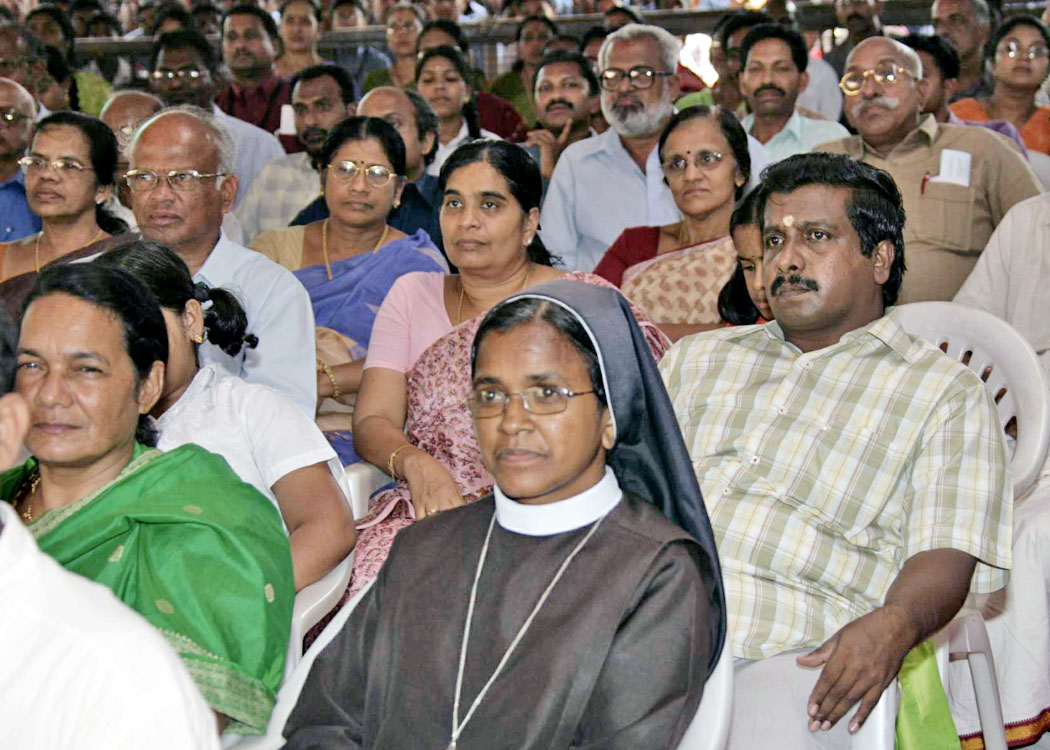

SAKSHAT's Growth Profile
The internet revolution has proved to be a powerful tool for good educational initiatives in the rural areas. An important dimension of the internet potential is the possibility of providing services any time anywhere. Along with this there is a conscious effort to put the youth as the centre of focus of the education system. Students are being perceived as customers and clients. Learning through E-education is students friendly. Particularly for billion plus people spread across length and breadth of the nation, e-learning will enable seamless access to knowledge and seamless flow of knowledge among institutions, specialists and the needy students. The SAKSHAT: One Stop Education Portal is providing this type of seamless flow of knowledge among our youth. I would suggest creation of a SAKSHAT terminal as a part of the museum so that students can access the course material available in the programme. Also, this will enable the students to learn the existence of such programme and use it in their schools.
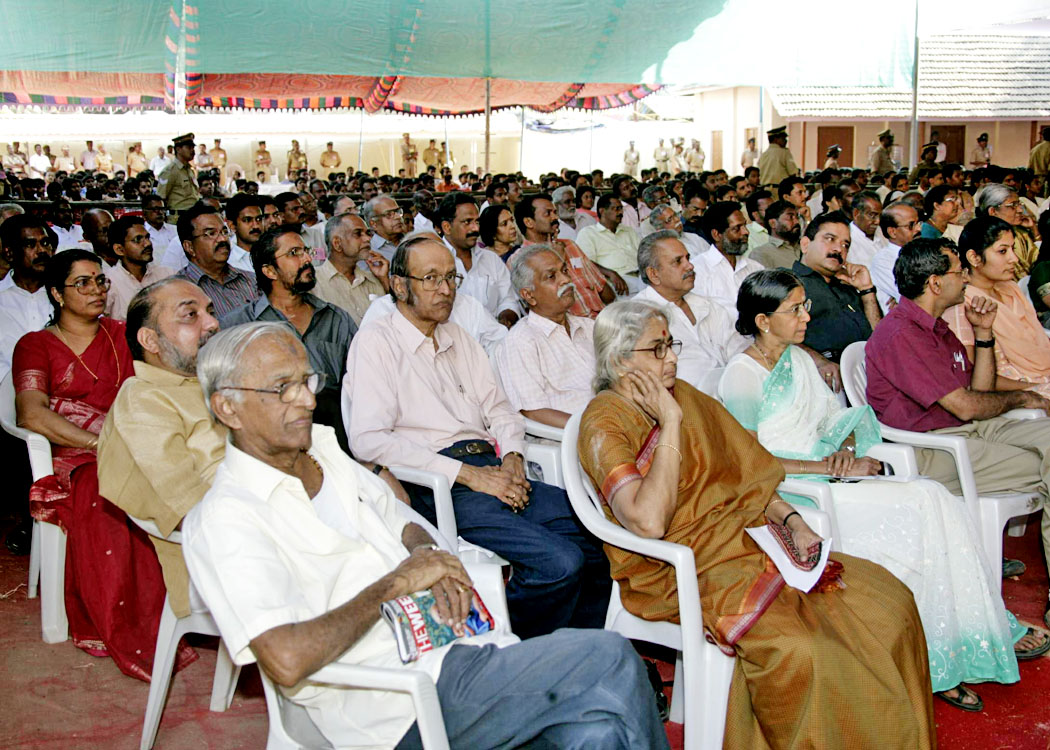

Missions for the Science and Technology Museum
I would suggest incorporation of the following additional features in this museum.
1. Incorporation of a mechanism, to update the information displayed in the museum with the feedback from the students so that the Museum gets enriched with students participation.
2. The museum authorities can consider creation of a website in which a virtual museum (Virtual walkthrough) is created for the use of students spread in different parts of the district.
3. The features available in other national science and technology museum can be brought in electronic form and stored in a computer terminal digitally for enabling access to students for enhancing their knowledge.
4. The Museum can have a linkage with National Innovation Foundation and display the award winning innovations of the year in the museum which can benefit not only the students but also people at the grass-root level to make use of the innovations.
5. Every year, Children Science Congress in the State and the Centre bring out number of scientific and technological innovations of the youth. This Museum can consider displaying such innovations with the permission of the science congress so that the students of this region get motivated for generating creative ideas.
6. The museum authorities can organize a science and technology competition every year among the students of the entire Ernakulam district. The best science and technology ideas can form part of the museum display.
7. Whenever we visit the museum we should feel proud of our heritage and how we grew from abject poverty to the exporter of food. It should act as an encouragement for us to repeat what has happened in agriculture to repeat in other areas.
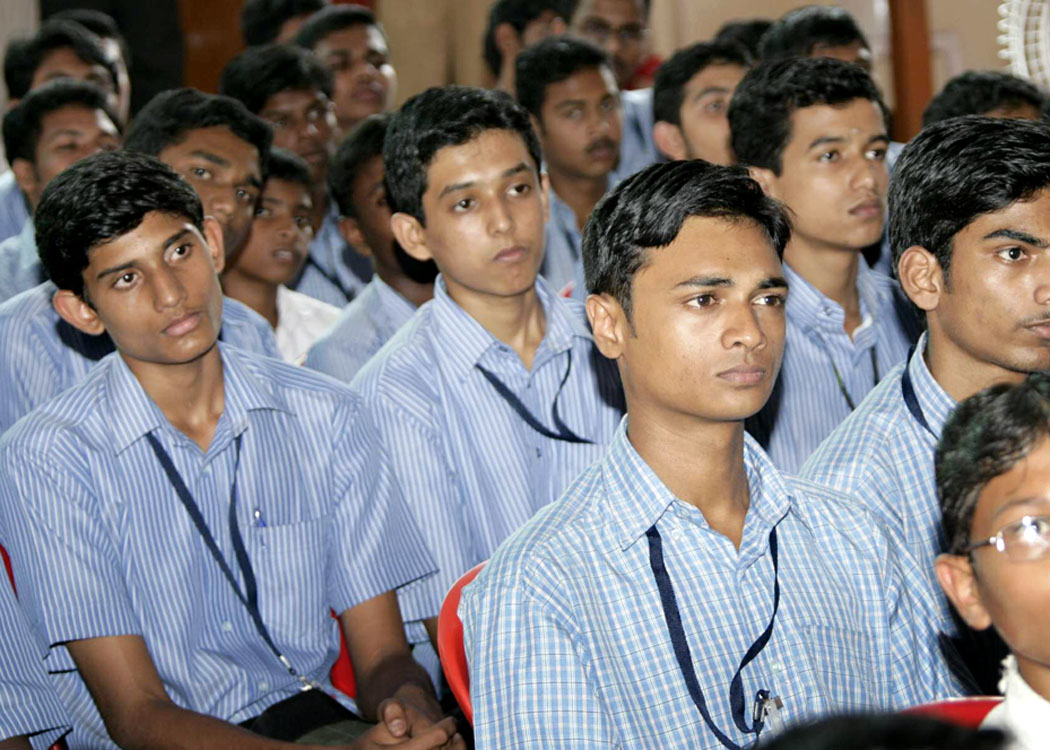

Conclusion
Advances in science and technology particularly in Biotechnology, Information Technology and Nano-technology are expected to bring a revolution in societal transformation. The Museum should be a medium through which children can be motivated to pursue science and have an aim of providing scientific knowledge for the betterment of society.
I would like to compliment the old students association of SRV School for creating this unique facility. My best wishes to all the participants success in their mission of promoting science and technology for societal transformation.
May God bless you.
Comments From Ms. C.K. Biju
H.S.A. Physics
S.N.V. Sanskrit. Higher Secondary School
Ernakulam Dist. Kerala
In the every act of the President in the visit, showed us why you are most loved by the people.
The inauguration speech of the museum was very impressive. As physics teacher, the every word in the speech pointed towards to me and it thrilled me.
If the museum run like your ambition, it will be a golden gift in the golden jubilee year of Kerala.
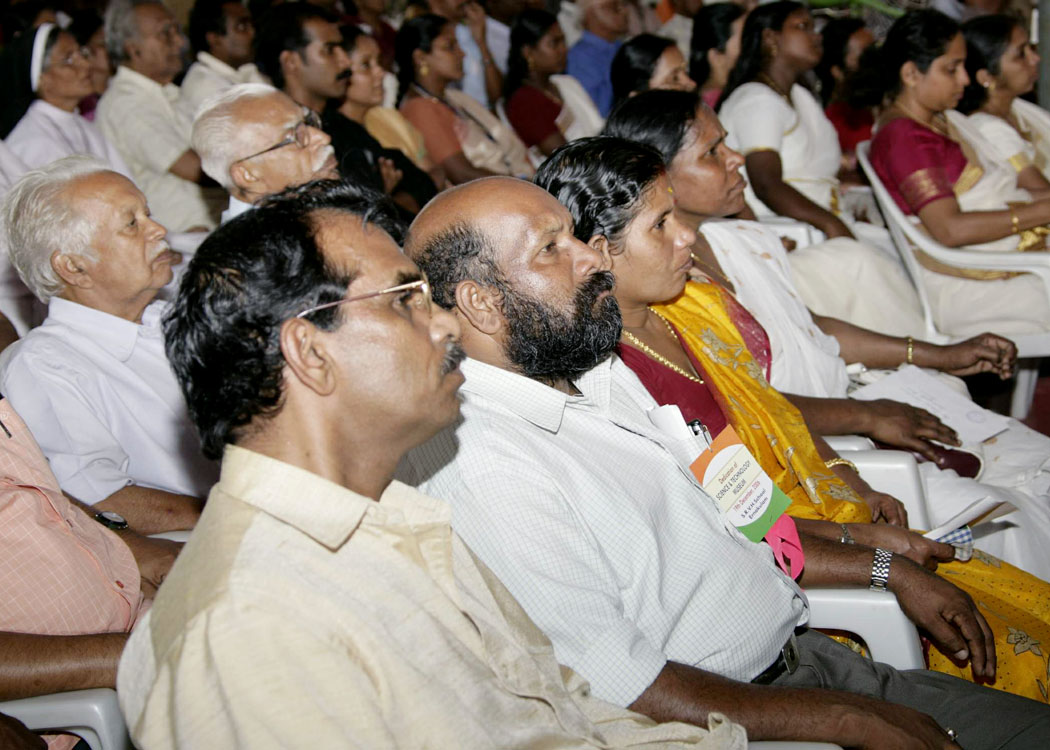
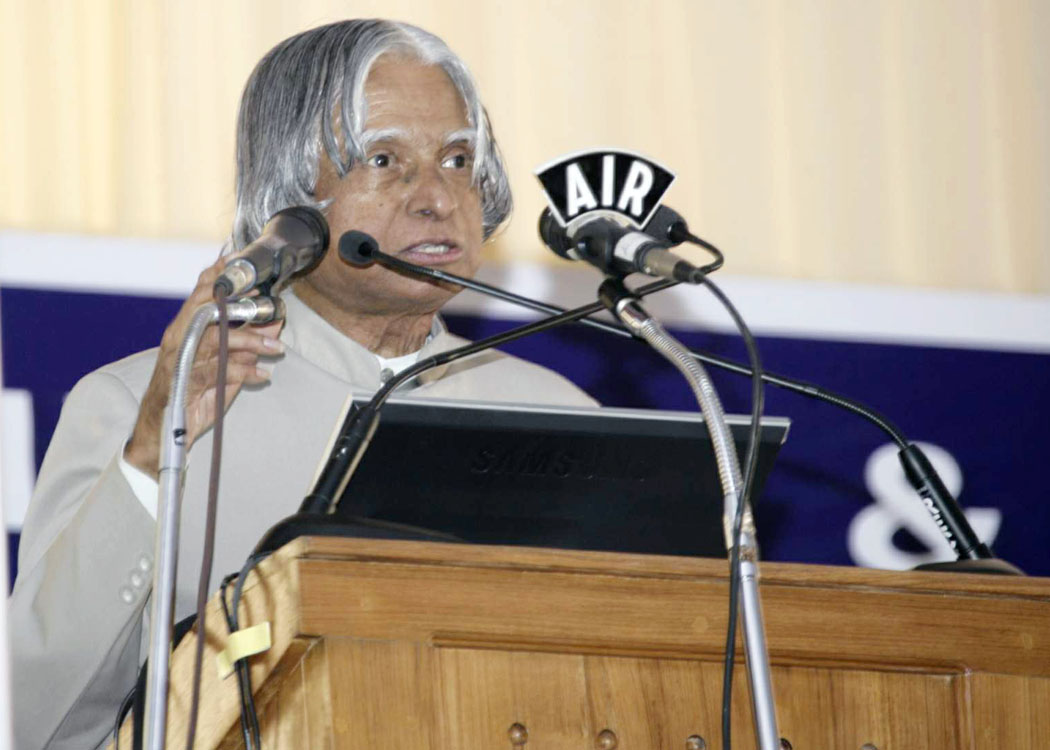
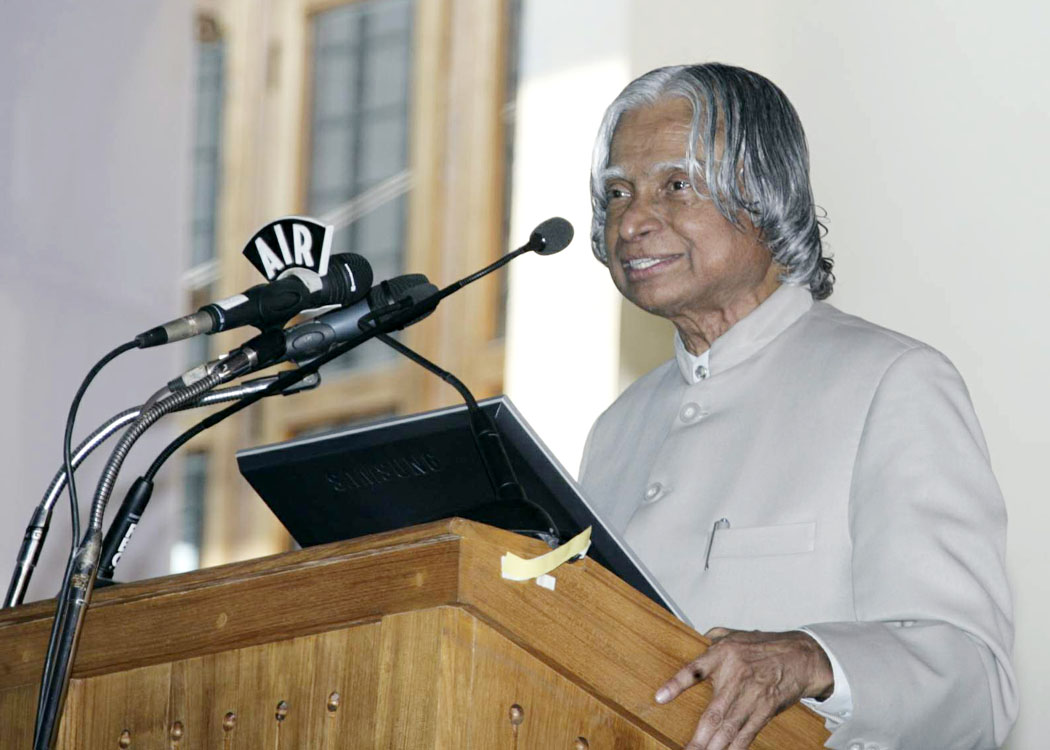
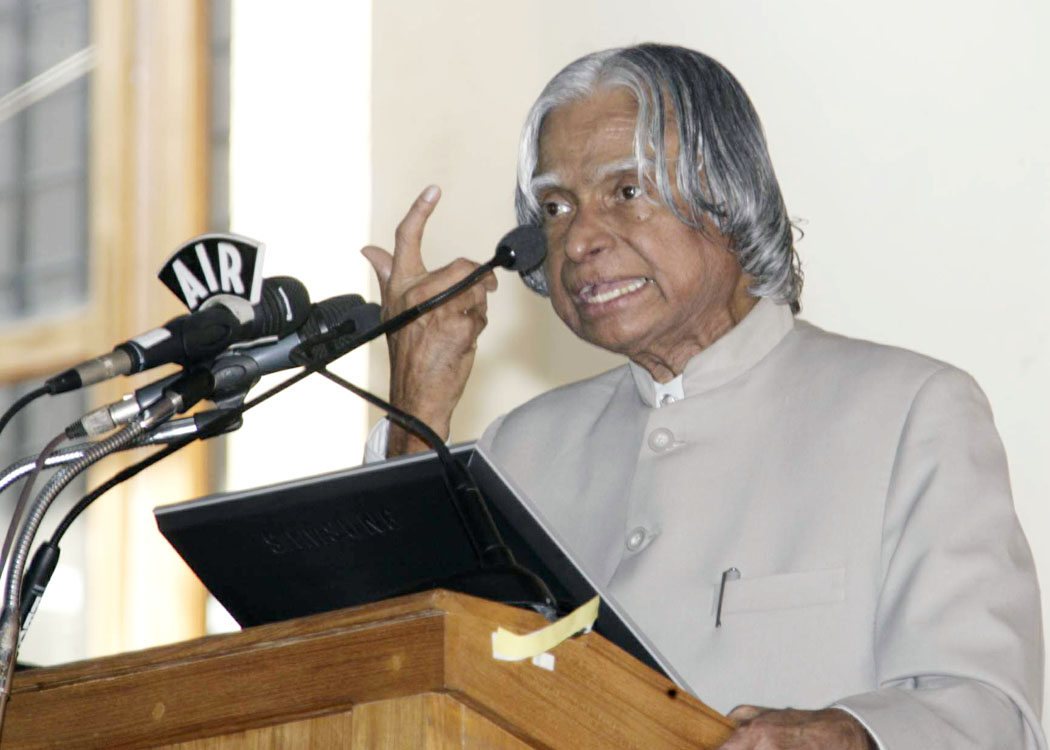
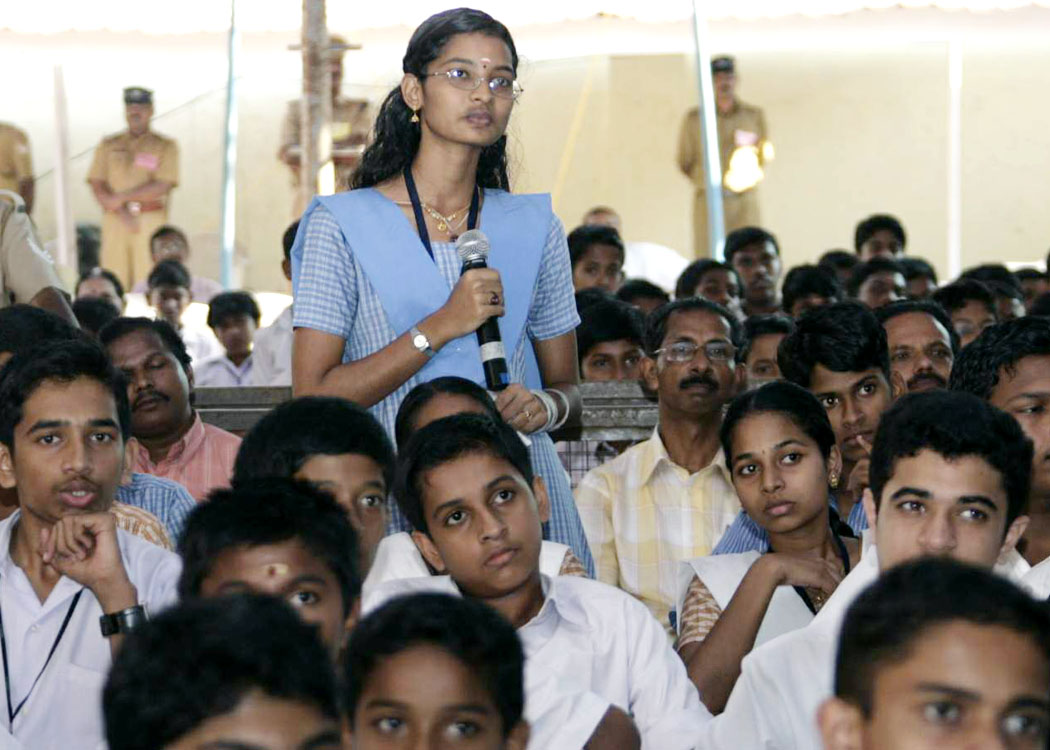
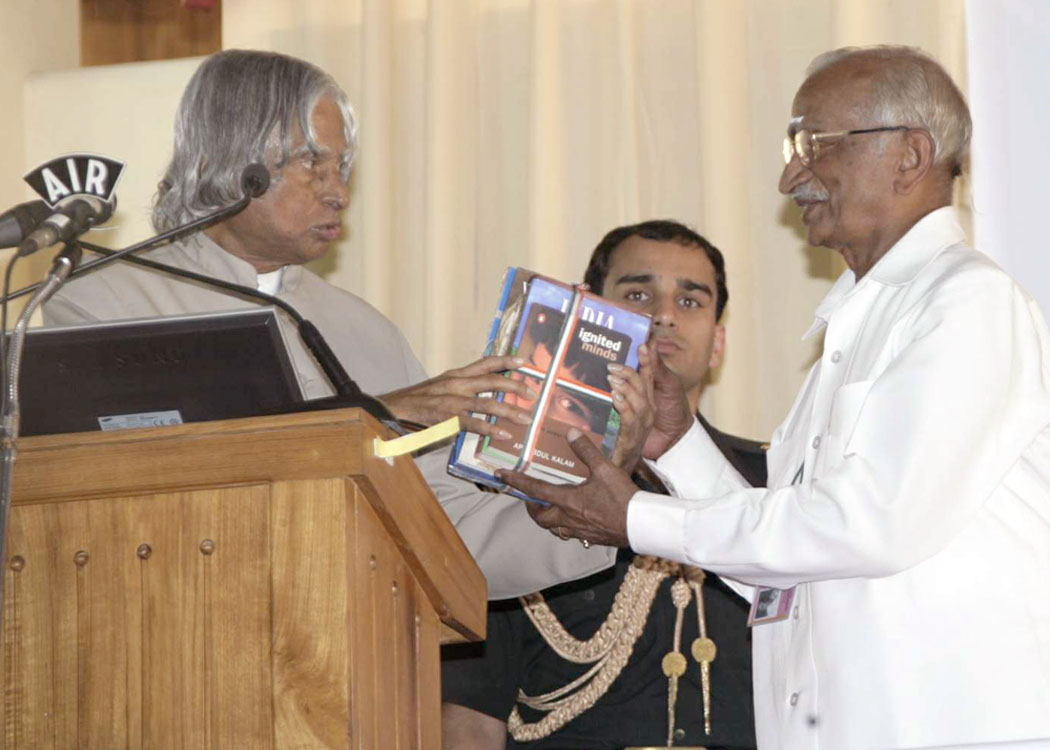
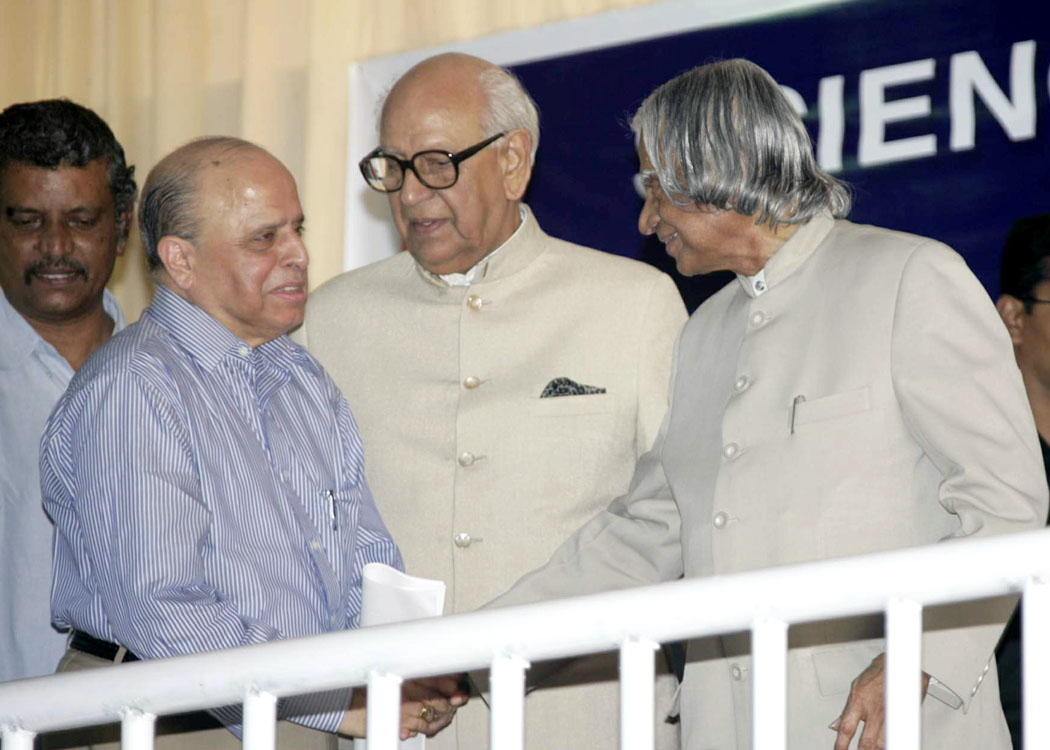
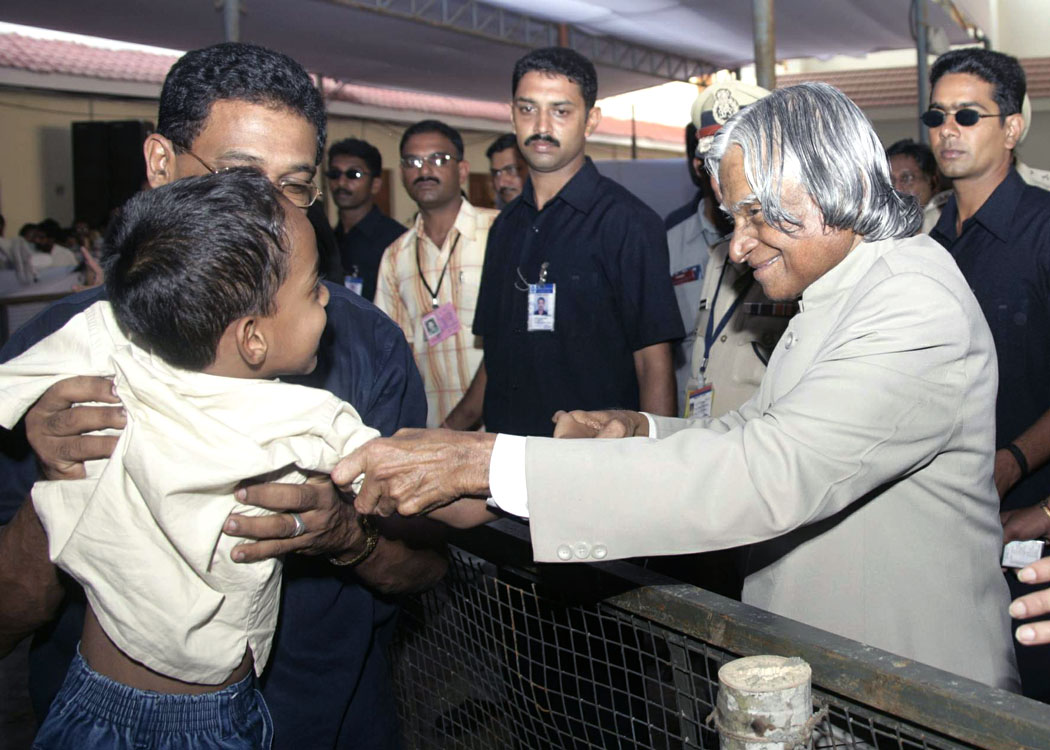
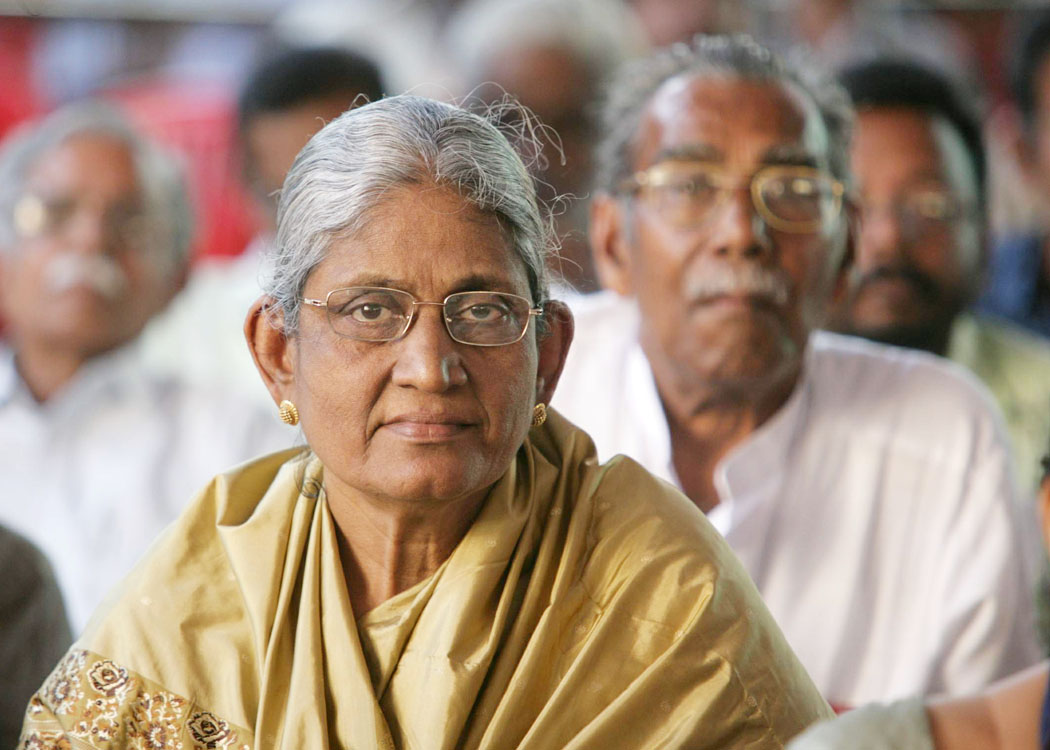

<<Back
|
|